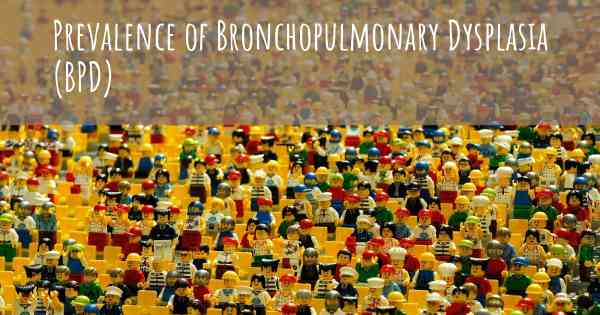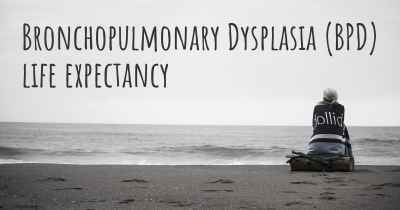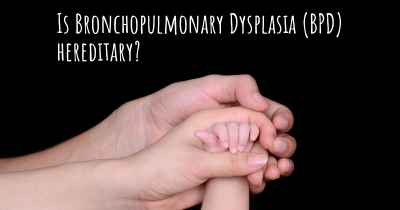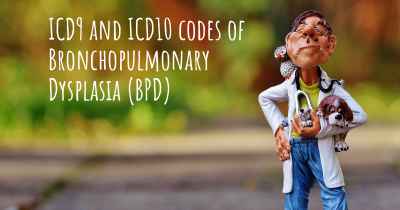What is the prevalence of Bronchopulmonary Dysplasia (BPD)?
How many people does Bronchopulmonary Dysplasia (BPD) affect? Does it have the same prevalence in men and women? And in the different countries?

Bronchopulmonary Dysplasia (BPD) is a chronic lung disease that primarily affects premature infants who require mechanical ventilation or oxygen therapy. The prevalence of BPD varies depending on the population studied and the criteria used for diagnosis. However, it is estimated that BPD affects approximately 10-50% of infants born before 28 weeks of gestation. The incidence of BPD has been increasing due to improved survival rates of extremely premature infants. Early identification and appropriate management are crucial in reducing the long-term respiratory complications associated with BPD.
Bronchopulmonary Dysplasia (BPD) is a chronic lung disease that primarily affects premature infants who have received mechanical ventilation or oxygen therapy for respiratory distress syndrome. It is characterized by abnormal development of lung tissue and inflammation, leading to respiratory symptoms and long-term complications.
The prevalence of BPD varies depending on several factors, including gestational age, birth weight, and the level of neonatal care provided. On average, BPD affects approximately 10-15% of premature infants born in developed countries.
Infants born extremely prematurely, before 28 weeks of gestation, have a higher risk of developing BPD, with prevalence rates ranging from 40-60%. In contrast, infants born closer to full term, between 32-36 weeks of gestation, have a lower risk, with prevalence rates around 5-10%.
It is important to note that advancements in neonatal care have led to improved survival rates for extremely premature infants, but this has also contributed to an increased incidence of BPD. The long-term consequences of BPD can include respiratory difficulties, impaired lung function, and potential developmental delays.








